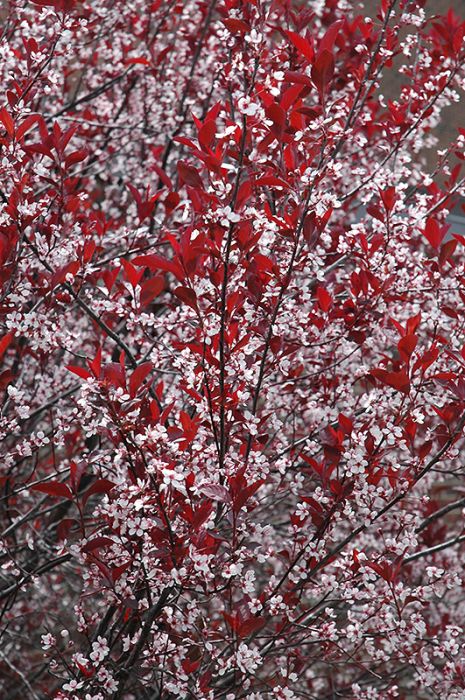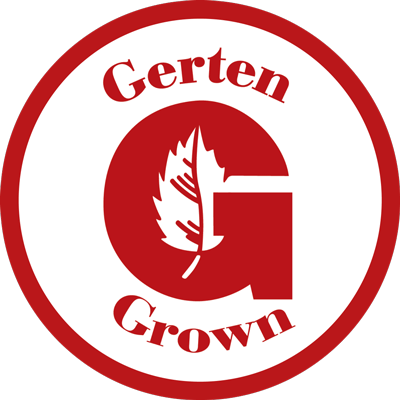Prunus, Cherry Purpleleaf Sandcherry Tree



Out of stock
Coming soon, still growing- Sun Preference
- Full-Sun
Description
The popular purpleleaf sand cherry offered here in tree form. Nice specimen for the small landscape. Consistently reddish purple leaves all season and small pink flowers in the spring.
Minnesota's Largest Selection of Trees
At Minnesota's Destination Garden Center, we offer a diverse range of trees to suit any landscaping need. Whether you're looking for shade trees to cool your home or ornamental trees to add beauty and interest, you'll find the perfect tree at Gertens. Our knowledgeable staff can help you select the right tree for your space and provide tips for care and maintenance. Visit Gertens today and explore the unmatched variety of trees to enhance your outdoor environment!
Details
Purpleleaf Sandcherry | Prunus x cistena
Height: 7 feet
Spread: 7 feet
Sunlight: full sun
Hardiness Zone: 3b
Other Names: Cistena Cherry
Brand: Gertens
Description:
A popular color accent shrub, upright-branched and wide spreading; small pink flowers in spring are elegant, but the reddish-purple foliage is a standout all season long; needs full sun and well-drained soil, excellent for adding lasting color to a garden
Ornamental Features
Purpleleaf Sandcherry has attractive burgundy deciduous foliage on a plant with an upright spreading habit of growth. The pointy leaves are highly ornamental and turn an outstanding red in the fall. It features delicate fragrant shell pink flowers along the branches in mid spring, which emerge from distinctive pink flower buds before the leaves. The smooth bark and deep purple branches add an interesting dimension to the landscape.
Landscape Attributes
Purpleleaf Sandcherry is a multi-stemmed deciduous shrub with an upright spreading habit of growth. Its average texture blends into the landscape, but can be balanced by one or two finer or coarser trees or shrubs for an effective composition.
This is a high maintenance shrub that will require regular care and upkeep, and is best pruned in late winter once the threat of extreme cold has passed. It has no significant negative characteristics.
Purpleleaf Sandcherry is recommended for the following landscape applications;
- Mass Planting
- General Garden Use
Planting & Growing
Purpleleaf Sandcherry will grow to be about 7 feet tall at maturity, with a spread of 7 feet. It tends to be a little leggy, with a typical clearance of 1 foot from the ground, and is suitable for planting under power lines. It grows at a medium rate, and under ideal conditions can be expected to live for approximately 20 years.
This shrub should only be grown in full sunlight. It does best in average to evenly moist conditions, but will not tolerate standing water. It is not particular as to soil type or pH. It is highly tolerant of urban pollution and will even thrive in inner city environments. This particular variety is an interspecific hybrid.
More Information
| Gerten Grown Plants | Gerten Grown Plants |
|---|---|
| Tree Type | Shade & Ornamental |
| Sun Preference | Full-Sun |
| Mature Height (Range) | 5 - 10 feet |
| USDA Hardiness Zone | 3, 4, 5, 6, 7, 8 |
| Common Family Name | Cherry |






